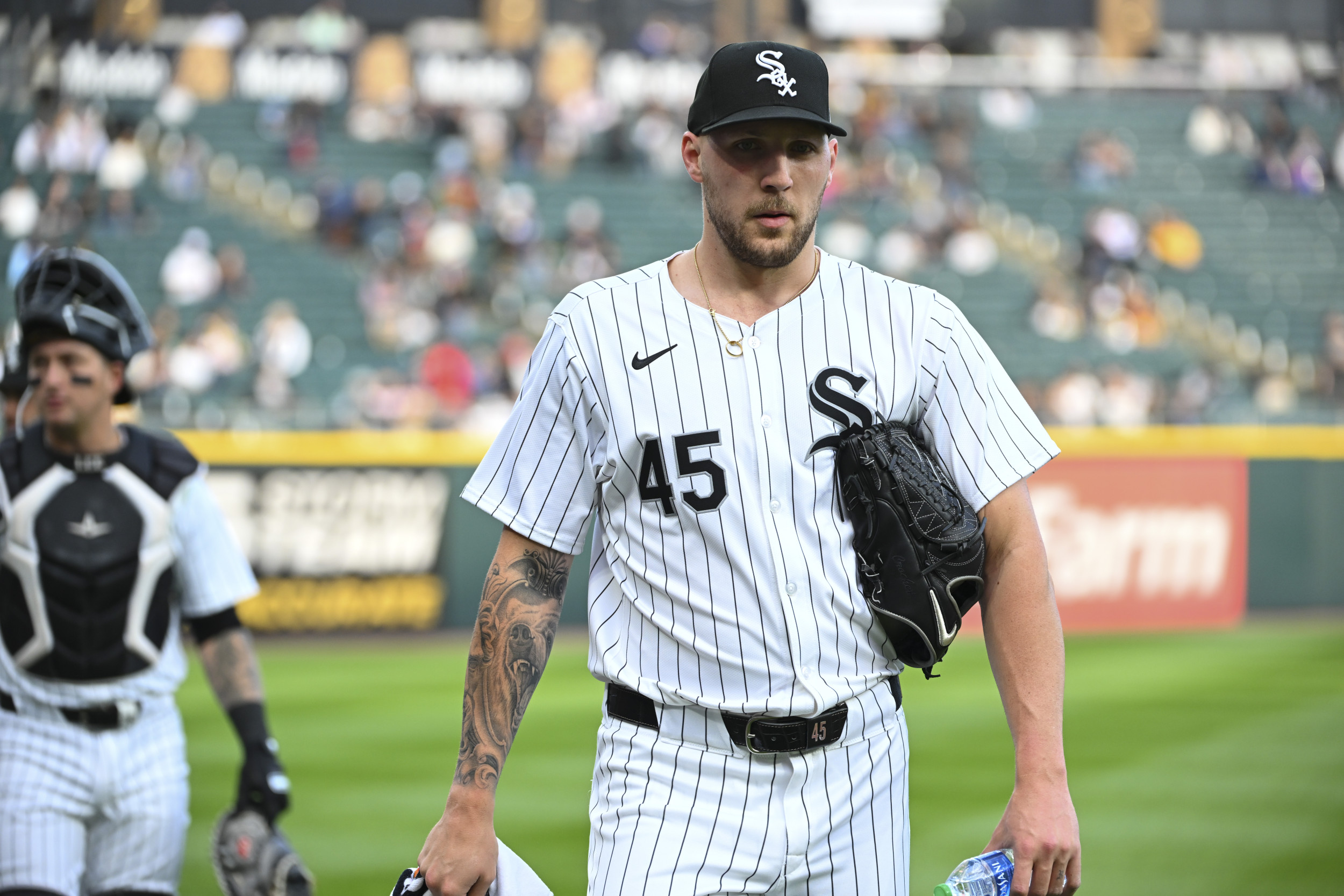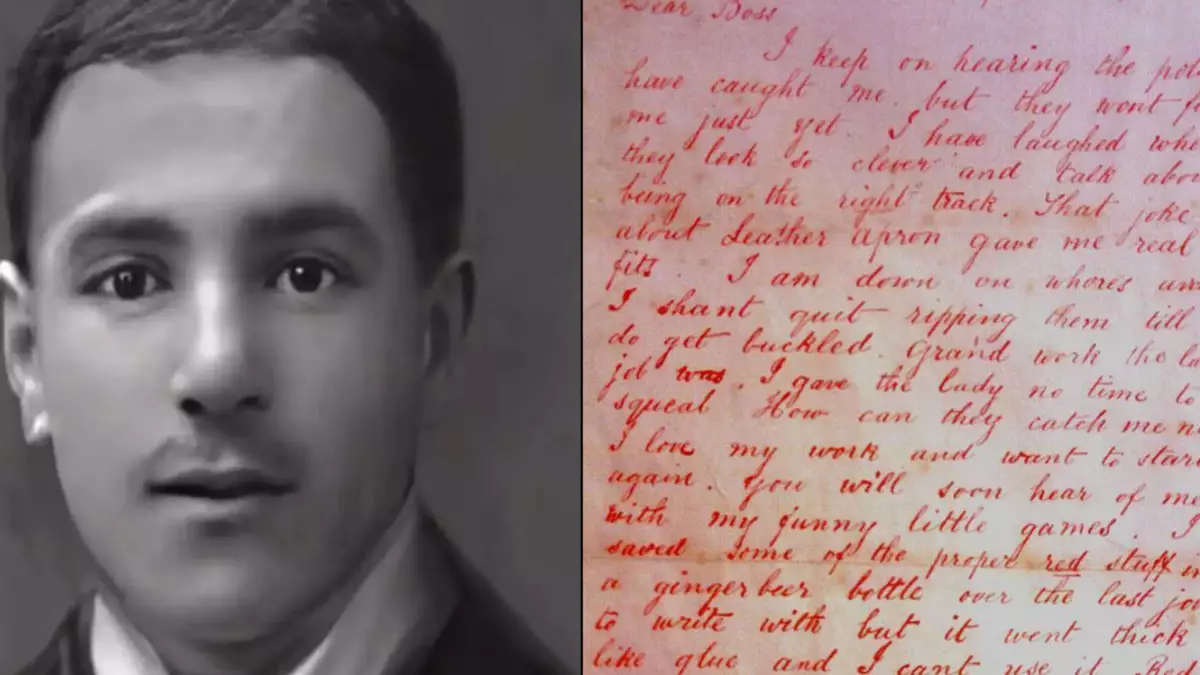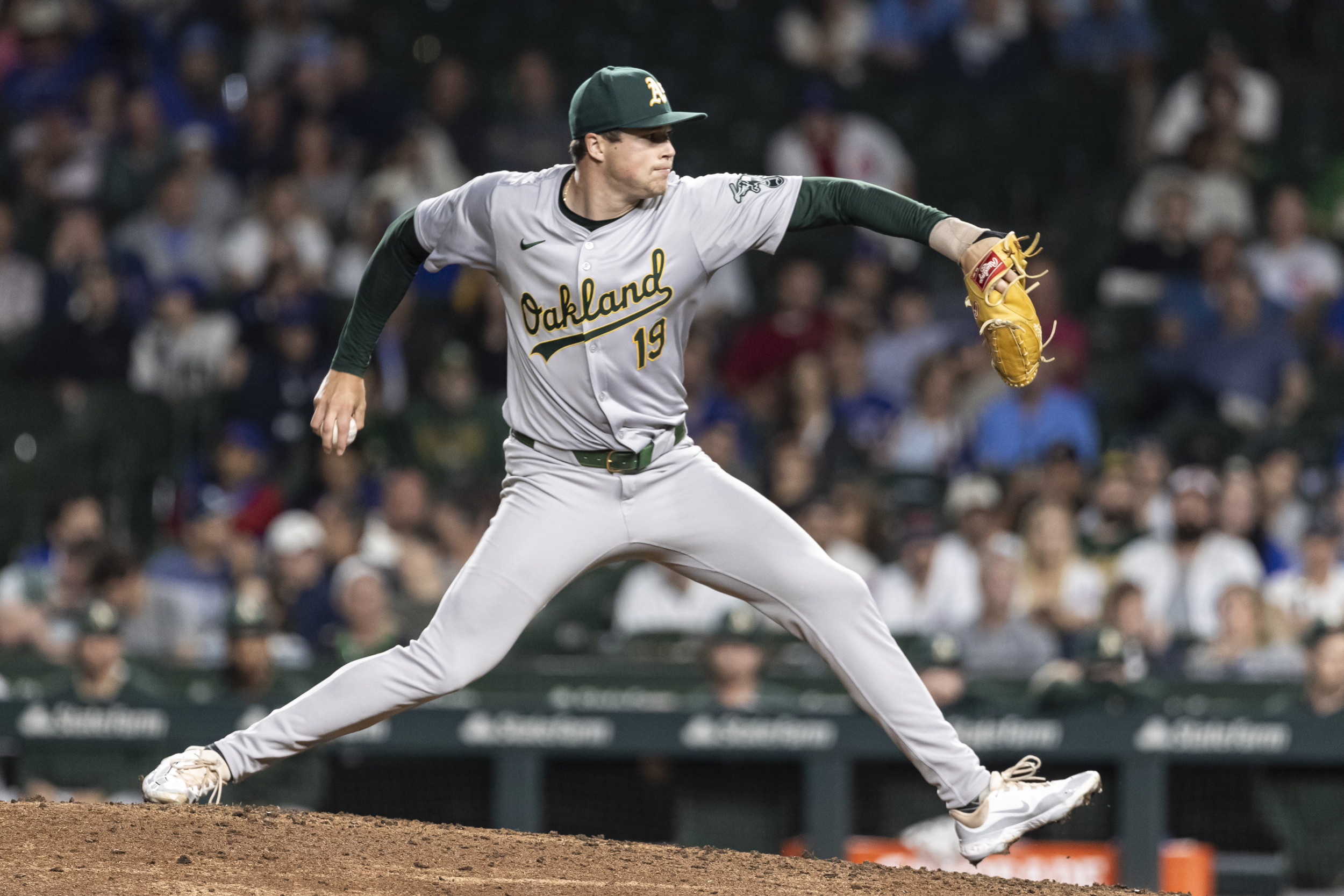Quincy Jones died last Sunday night at age 91—another entertainment legend who shuffled off this mortal coil this year before the country once again made the ass-backwards decision to put Trump in office. (It’s just like when Prince, David Bowie, and others got the hell outta here when Trump was elected the first time.) A lot has already been said about his multi-Grammy-winning discography, which includes producing and arranging music not only for himself but for an eclectic array of artists, including bonafide icons like Michael Jackson and Frank Sinatra. But during his years composing music for movies and TV shows in the ‘60s and ‘70s, the man had an astounding run churning out scores.
Back then, you could go to the theater and hear his music in such films as In Cold Blood, In The Heat Of The Night, and Bob & Carol & Ted & Alice. You could also stay at home, turn on the TV and watch shows (Sanford and Son, Ironside, The Bill Cosby Show) whose themes were composed by the man they affectionately referred to as “The Dude.”
Jones also scored many heist movies: The Getaway, The Split, The Italian Job, The Anderson Tapes. But my favorite scores he did during his Hollywood years were the ‘70s caper comedies $ and The Hot Rock. They were also, in my opinion, his funkiest.
Out of the two, $ (or Dollars, if you prefer) is the flashier soundtrack. Quincy Jones rounded up session musicians that included jazz vets (Eric Gale, Paul Humphrey), R&B players (Billy Preston, David T. Walker), and members of the famed L.A. session-musician clique The Wrecking Crew (Clare Fischer, Milt Holland) for this captivating 1971 romp. From writer-director Richard Brooks (who worked with Jones on In Cold Blood), $ stars Warren Beatty and Goldie Hawn as a duo who steals criminals’ money from a West German bank vault.
Like a true bandleader, Quincy Jones orchestrates pieces which put a lot of focus on specific instruments. We get some sly upright bass during a night scene where Beatty’s character breaks into someone’s hideout, scaling the walls outside. During the climax, where Beatty gets in an on-foot chase with the baddies, ducking and dodging these cats through trainyards, Louisiana violinist Doug Kershaw brings some frantic fiddle work to the proceedings.
Jones also invites a few vocalists to join the party. Roberta Flack is heard at the end doing a breezy MOR cover of that 1920s standard “When You’re Smiling (The Whole World Smiles with You).” Don Elliott (billed in the opening credits as “The Human Instrument”) provides harmony background to several instrumentals. But the soundtrack’s very special guest is Little Richard, who practically serves as the movie’s greedy Greek chorus.
Little Richard performs the de facto theme song, “Money Is,” a wild and rambunctious number that usually appears whenever we see someone earning a living in a seedy manner. The song pops up when we first meet Hawn’s prostitute character, lying face down in a bed as a man slides a $100 in her panties. It’s also played a lot at a strip club the Major (Robert Stiles), one of the movie’s villainous characters, occasionally visits for business deals. During these scenes, we get dancers on stage, going full monty as the music plays as images of dollar bills are projected on the back wall. Richard also sings “Do It-To It,” another rowdy number, which shows up when Hawn entertains another client (Robert Webber) by putting on a firefighter outfit and suggestively “putting him out” by spraying him with seltzer.
While the $ soundtrack nicely matches the movie’s frenetic, on-edge energy, Jones’ score for The Hot Rock is just as amusingly downbeat as the film that features it. For Peter Yates’ deadpan 1972 adaptation of Donald E. Westlake’s novel, with Robert Redford and George Segal leading a crew of robbers on a continually bumbling mission to retrieve a precious stone they stole from a museum, Jones scaled back his crew of session players, which included a few who also worked with him on $ the year prior.
There’s not much vocals this time around. Don Elliott is back providing some verbal sounds to instrumentals, while the only tune with lead vocals—“When You Believe” by Tata Vega—serves as background radio music. (Vega did add vocals to the opening theme, listed as “Listen To The Melody,” on the soundtrack album.) The most valuable player this time around, though, is Gerry Mulligan, whose bluesy baritone sax seems to musically represent the woes of Redford’s protagonist, a career criminal whose continuous bad luck gives him a bad case of gastritis.
The Hot Rock score is peppered with perky pieces, like the exotic percussion that shows up in a scene where Redford and Segal’s characters check out the jewel (called the “Sahara Stone”) at the museum. Bongos figure prominently in yet another exquisitely scored scene of a nocturnal break-in. This time, Redford and Segal are breaking into a prison. (Don’t ask.)
Just like $, The Hot Rock ends on a musically upbeat note. Dixieland music slowly but surely creeps its way into the movie’s final minutes, as Mulligan and the horn section (including Clark Terry on trumpet, Jerome Richardson on clarinet and Frank “Don’t Look Up How He Died On Wikipedia” Rosolino on trombone) get their swing on, eventually going all-out during the closing credits.
Needless to say, both these funky albums have been sampled by rappers. Common, Gang Starr, Mobb Deep, Dr. Dre, Nas, and The Notorious B.I.G. snatched some breaks from $, while samples from The Hot Rock can be heard on songs from Eminem, ScHoolboy Q, Souls of Mischief, and OutKast.
Yes, Quincy Jones created motion picture scores that garnered him praise and Academy Award nominations (but, sadly no wins—he’ll get his second honorary Oscar posthumously later this month), but I’ll always have a soft place in my heart for these two soundtracks for films that showed people having a funky time while committing crimes.




















 English (US) ·
English (US) ·